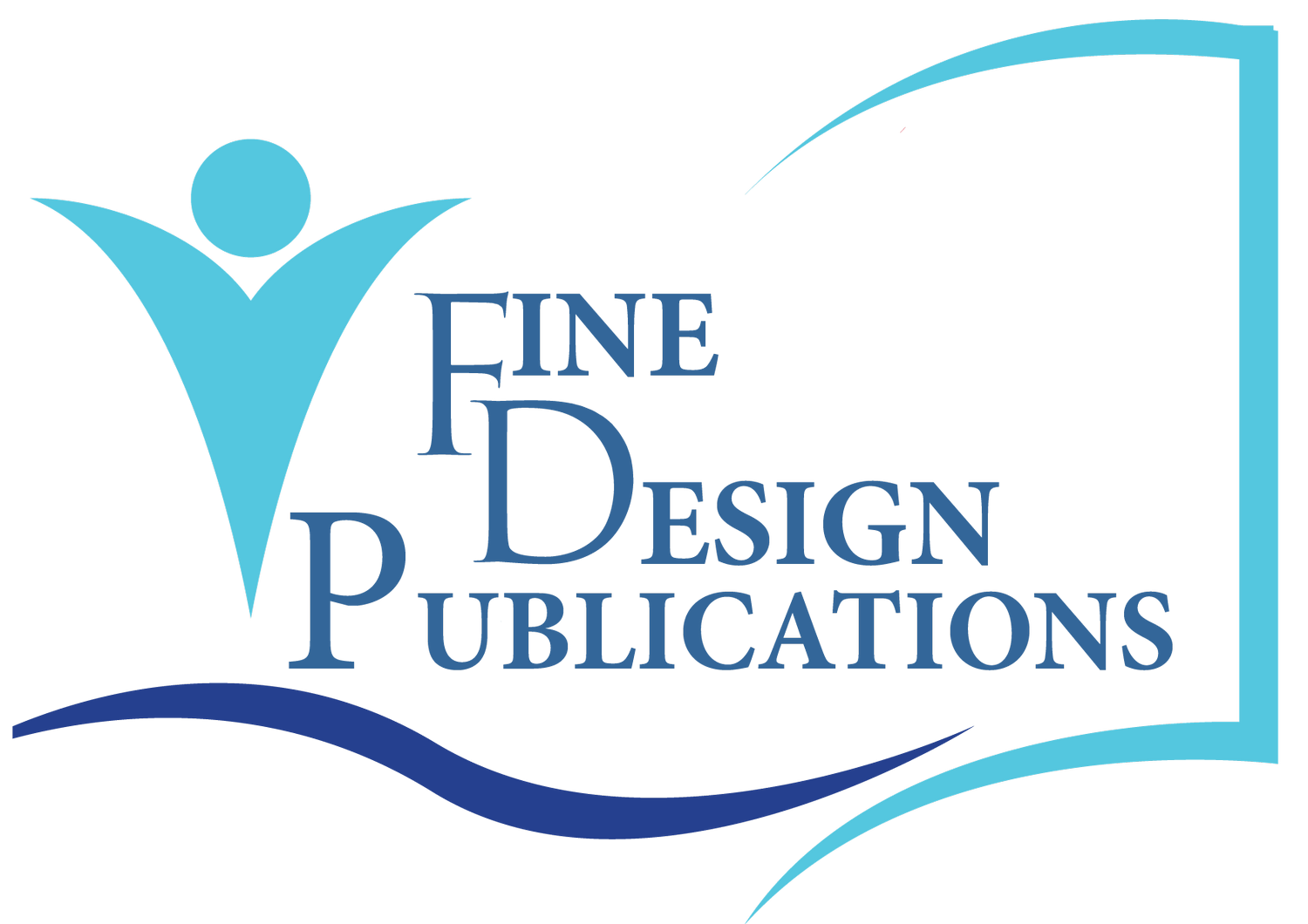FREQUENTLY ASKED QUESTIONS
1. CAN I SELECT WHICH SERVICES I USE?
Absolutely! As a small company, we can adapt to your needs, and will quote you accordingly.
2. HOW DO I GET MY CONTENT TO YOU?
There are two ways to transfer your files to us – digitally, or on a flash drive.
Digitally: You can upload your files into a Google Documents folder and share it with us, OR you can use https://wetransfer.com/ – a very simple document transfer programme where you upload your files and send us the email link. If you have trouble with this, we can talk you through it on a phone call.
Flash Drive: Save all the folders, (making sure that they are well named so that we know what is what!), onto a flash stick or hard drive, and get it to us. Obviously, this solution works best if you are able to get the stick or flash drive to Grahamstown easily.
3. WHERE IS FDP LOCATED?
FDP can proudly claim international status, as Debbie is based in Grahamstown/Makhanda in the Eastern Cape and Faye is in Nanyuki, Kenya. However, with today’s technology, we can meet online and enjoy a chat and a cup of coffee. Or in person if you’re in our ‘neck of the woods’!
4. WHAT IF I NEED MY PUBLICATION TO BE MADE AVAILABLE AROUND THE WORLD?
FDP will advise you on different methods of distribution, whether it be online or hard copy.
5. WHY ARE LOW RESOLUTION PHOTOS AND GRAPHICS NOT ACCEPTABLE?
Low resolution photos and images that are already compressed in MSWord or PowerPoint documents, or some cellphones images appear fuzzy or blurry once used in a design programme. Please send us original images – separate from the text so that we can place them in the new designed document.
6. CAN I USE OTHER PEOPLE’S PHOTOS?
It is only fair to acknowledge the photographer when using photos in a publication. Unless the photos belong to you or your organisation, please provide us with the photographer’s details so that we can acknowledge them.
7. WHAT IS ‘BLEED’?
If you have a photograph or graphic to print to the edge of the page, i.e. a full page with no borders, the image is said to ‘bleed’ over the edge of the page. It means that you must provide for a 3-10mm ‘overflow’ over the edge of the page so that the printers can trim the page without taking off anything important from the image. So don’t crop your photos too closely as we may need some space on the edges for ‘bleed’.
8. WHEN AND HOW CAN I MAKE CHANGES?
Changes to your text should be made BEFORE layout and design. While it is possible to correct small errors and amend certain design aspects once your manuscript has been designed, this is not the time to make major changes. We accommodate changes that are necessary, and we are very patient but, please try to have your text and photos all lined up before the design stage, communicating clearly about your expectations. Post-design changes cannot involve complete revisions and reviews of your original work. Well – it can, but we will need to charge you for our extra time! Included in your quote are ‘reasonable corrections’ in the post-design phase. The big thing is to try and compile a list of all the changes you need rather than going backwards and forwards after design. This will only result in missed deadlines and often, more errors!
Photograph captions – as important as the pic!
Why proofreading is so important
Why proofreading is so important
